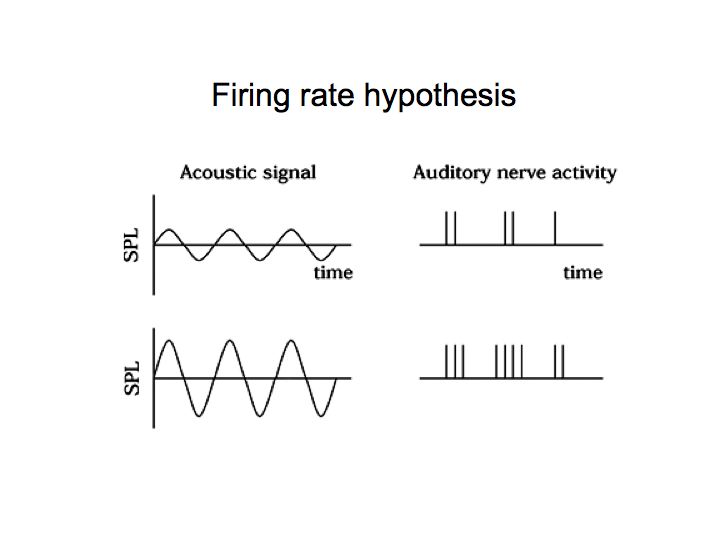Short answer
An action potential is a binary all-or-nothing event, while a graded potential is an analog signal.
Background
Action potentials, once initiated, are basically all-or-nothing events. Amplitudes may admittedly be variable, but basically it is the spike rate that is relevant to the neural code (Gerstner et al., 1997).
In contrast, graded potentials code information mainly by amplitude. A notable example of the significance of graded potentials is the function of the inner hair cells in the cochlea (the inner ear). The mechanoreceptors on the hair cells open when deflected in one direction, while they close in the other. This is important, as that property depolarizes the cell on one phase of an input sinusoid, while it hyperpolarizes the cell in the subsequent phase. Also, stronger (louder) input increases the response, while softer stimulu generate less response (Fig. 1). In the auditory nerve this graded potential is translated into spike rates (Fig. 2). Basically the hair-cell and auditory nerve system is an analogue-to-digital converter.

Fig. 1. Cochlear microphonic: a graded potential that increases amplitude with increasing loudness. Source: Juaristi & Martínez-Conde, 2014

Fig. 2. In the auditory nerve amplitude is coded as action potential (spike) rates, low frequencies as burst-repetition rate. Source: NY University
References
- Gerstner et al., PNAS (1997); 94(24): 12740–1
- Juaristi & Martínez-Conde, Acta Otorrinolaringol Española (2014); 65(04)





